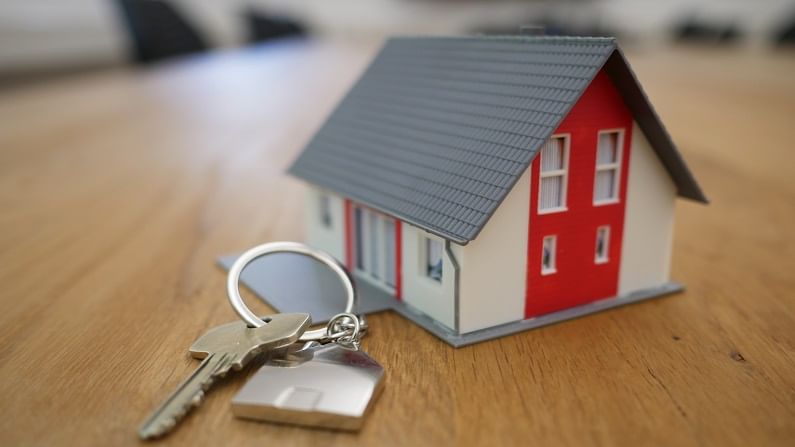Home loan ticket size on rise, borrowers seek shorter terms
Housing Loan Tenure: An analysis of HDFC’s customer profiles in the last five years shows that the average loan size is on a steady increase while average loan term shrinks to 11 years

Softer property prices, a fall in interest rates and improved affordability through rising disposable incomes have helped India’s real estate market. Buyers in the residential market are raising higher loans to fund their acquisition, looking to buy bigger houses to facilitate work from home (WFH) of adults and online study of kids.
An analysis of HDFC’s customer profiles in the last five years shows that the average loan size is on a steady increase while they are seeking shorter loan terms. HDFC is one of the leading home financiers in the country.
Average loan size
In the last five years, the average loan size has gone up steadily from Rs 25 lakh to Rs 29.5 lakh as of March 2021. During last March, the average loan size was Rs 27 lakh.
While the average age of customers stood at 38 years for the first three years, it had gone up to 39 in 2020. By March 2021, the average age has once again dropped to 38.
Interestingly, the average loan term has dropped from 13 years in March 2019 to 11 years in March 2021. Last March, the average loan term was 12 years.
HDFC has continued to increase the number of housing units financed over the last five years. During the last fiscal, it financed 7 lakh housing units, making the total houses funded by HDFC at 84 lakh as of March 2021.
The housing finance company said in the first half of 2020-21, individual disbursements were 35% lower compared to the corresponding period in the previous year, owing to the strict national lockdown. However, in the second half, individual disbursements went up 42%, helping the overall fiscal figure grow marginally by 3%.
Higher affordability
According to HDFC’s affordability index, the current affordability is the best in two and a half decades. While the property prices have remained volatile in some markets, the affordability — calculated as property prices divided by annual income – has come to 3.2 in 2021 from 22 in 1995. The company said the government support towards housing has helped improve affordability.
Apart from the improved affordability, there are several growth drivers in India’s mortgage market. The existing low penetration, government incentives, enhanced fiscal benefits and credit linked subsidy scheme have indeed helped the sector.
In terms of penetration India stands at 11% vis-à-vis China’s 18%, USA’s 52%, UK’s 68% and Netherland’s 89%. Low penetration implies room for growth mortgages as a percent of nominal GDP.
Huge potential
Around 66% of India’s population is below 35 years of age, hence there is large potential for home loans. Similarly, the rise in the number of households with a shift towards nuclear families and increased urbanisation (Currently, one-third of India’s population reside in cities and it is estimated to go up to 50% by 2030) are other drivers in the market.
On May 7, HDFC reported a year-on-year 31% jump in consolidated profit after tax at Rs 5,669 crore for the quarter ended March 2021.
“The demand for home loans continued to remain strong owing to low interest rates, softer property prices, concessional stamp-duty rates in certain states and continued fiscal incentives on home loans. Growth in home loans was seen in both the affordable housing segment as well as high-end properties,” the company said in a statement.